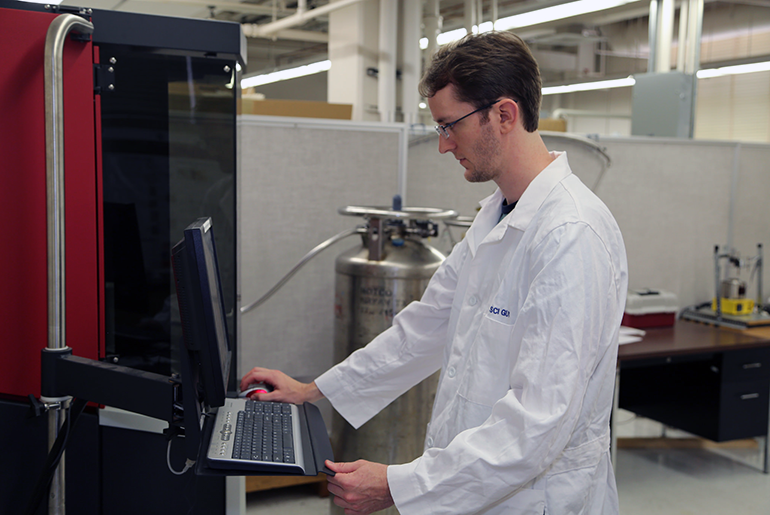
A new study by researchers in the Department of Materials Science and Engineering at Texas A&M University and Los Alamos National Laboratory has led to a new principle to control macroscopic thermal expansion response of bulk materials, including obtaining zero thermal expansion metals.
Currently, researchers rely on manipulation of either the materials’ composition and/or complex fabrication of composites to reduce thermal expansion to obtain tailored thermal expansion.
Change in temperature can cause almost any material to change shape, area and/or volume. This can be a problem when dimensional stability of structures and devices is desired in applications that undergo a temperature fluctuation. A possible solution is an alloy with controlled thermal expansion or zero-thermal expansion.
The research team’s manuscript, “Tailored thermal expansion alloys,” was published in Acta Materialia, a peer-reviewed scientific journal covering all aspects of the structure and material properties. The study demonstrates the possibility of tailoring thermal expansion response of a single material without manipulating its composition.
Researchers include Dr. James Monroe, entrepreneur in training at Texas A&M Engineering Experiment Station’s Office of Commercialization and Entrepreneurship; Dominic Gehring, Ph.D. student in materials science and engineering; Dr. Ibrahim Karaman, Chevron Professor I and head of the Department of Materials Science and Engineering; and Dr. Raymundo Arroyave, associate professor in materials science and engineering. Collaborators from Los Alamos National Laboratory include Dr. Donald Brown and Dr. Bjorn Clausen.
The thermal expansion characteristics for these new tailored thermal expansion alloys can match those of polymers, ceramics and other metals and even be made perfectly zero, which means the alloys do not change shape with temperature. The key to obtaining a tailored thermal expansion coefficient is the alignment of the alloy’s atoms to harness the natural thermal expansion and contraction at the atomic level. This new approach can provide a means to control a metal’s thermal expansion response without the tradeoffs associated with changing materials composition or complex composite fabrication.
The study was supported by the National Science Foundation’s Division of Materials Research, Metals and Metallic Nanostructures Program, the U.S. Air Force Office of Scientific Research, and the International Materials for Multi-function Materials for Energy Conversion at Texas A&M.
Photo: Dr. James Monroe in the MESAM Lab.
